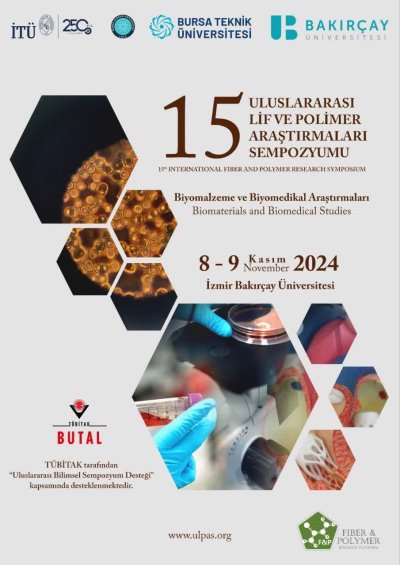0% Complete
Authors :
Keywords :
Abstract :
List of archived papers
Aysu Çavuşoğlu - Pelin Şahin - Naci Uysal - İdris Karagöz
Ahsan Habib - Osman Babaarslan
Eralp DEMİRCAN - Yunus Furkan BAY
Buket İsmailoğlu - Rasim Boyacıoğlu - Gül Kırış - Merve Dizdar Çelik
MELİS ELDEM EKSEN
H.Çağdaş ASLAN - Hale BERBER - Yasemin BALCIK TAMER



